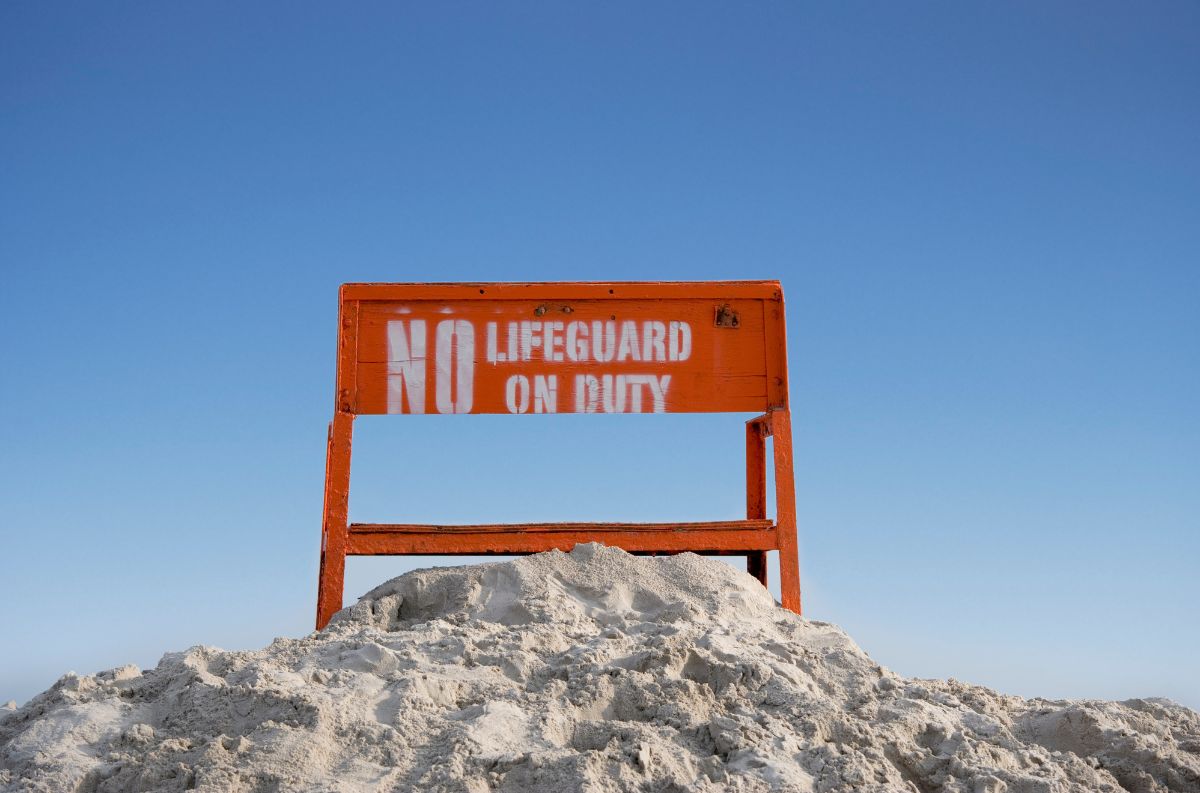Key Components of USNWSAP
The USNWSAP outlines a 10-year plan (2023–2032) to reduce drownings. It encourages a coordinated effort to implement safety measures from a list of 99 suggested actions. These recommendations are organized into six main focus areas:
1. Barriers, Entrapment, and Electrical Safety
2. Data and Public Health Surveillance
3. Life Jackets, Personal Flotation Devices, and Other Flotation
4. Rescue and CPR
5. Lifeguards and Supervision
6. Water Safety, Water Competency, and Swimming Lessons

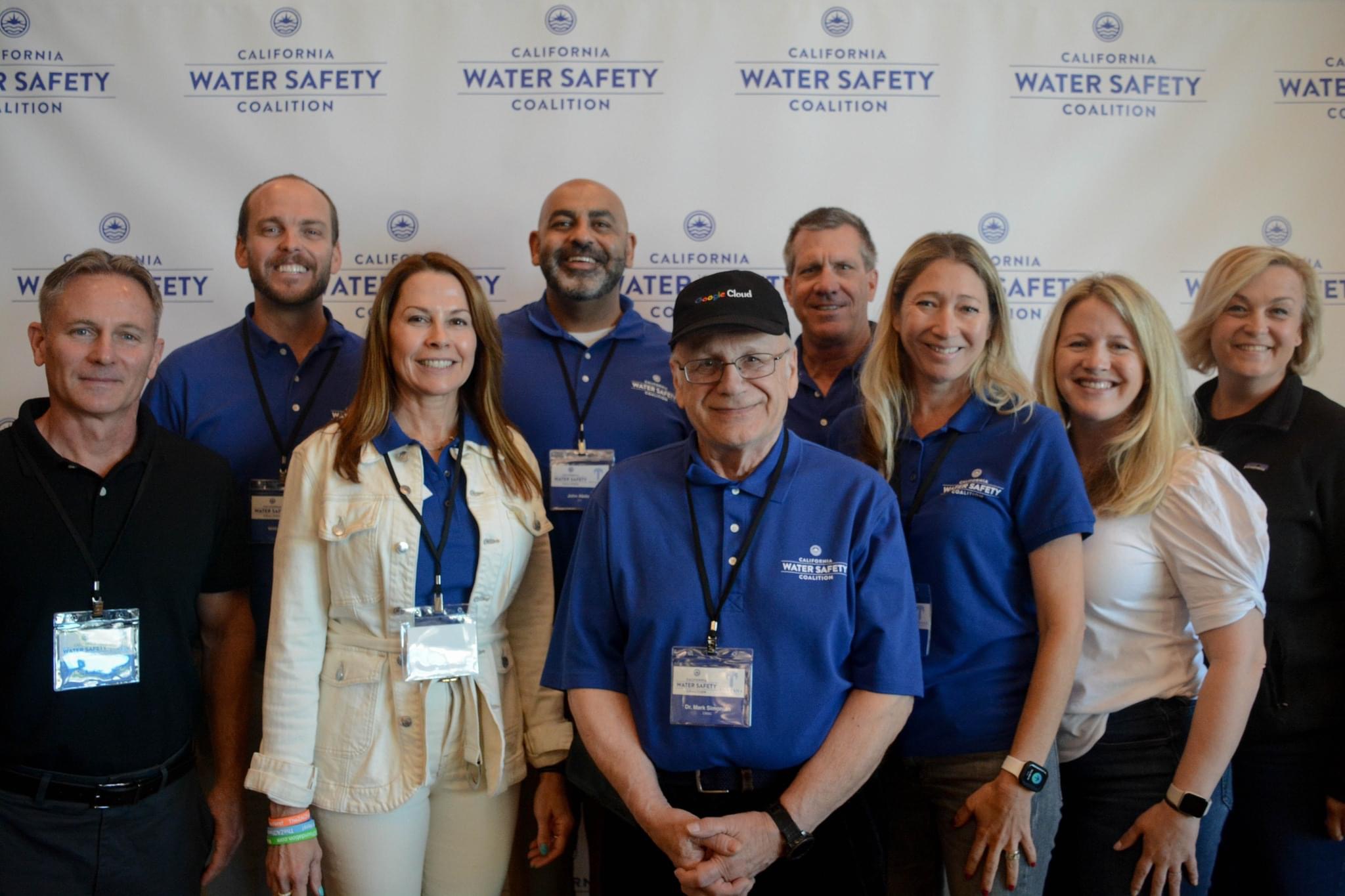
State Water Safety Coalitions
The ZAC Foundation is proud to work with safety officials and local leaders in states across the U.S. to create state water safety coalitions that address localized risks.
Drowning rates vary by state. Each state has its own unique challenges—like the local climate, bodies of water, economic challenges, or even how people view swimming. State water safety coalitions are especially effective because local experts understand their communities’ challenges better than anyone else. By working together as a coalition, local experts can assess the risks and develop a state water safety action plan, guided by USNWSAP recommendations, to prevent drownings and keep their state safe.
Interested in building a state water safety coalition? Reach out to the USNWSAP Steering Committee or register for one of their online office hours for guidance.
State Coalitions in the News
California Water Safety Summit
The California Water Safety Coalition, a joint initiative between the Ben Carlson Memorial and Scholarship Foundation and The ZAC Foundation, was launched at the 2022 California Water Safety Summit in Newport Beach to unite nonprofits, advocates, and public safety personnel in advancing drowning prevention best practices.

New Jersey Water Safety Summit
Building on New Jersey’s first water safety summit in East Brunswick in December 2023, the state held a secondary summit in 2024, where The ZAC Foundation continued its collaboration with the New Jersey Swim Safety Alliance and New Jersey Recreation and Parks to lead efforts to develop a statewide drowning prevention action plan, focusing on providing communities with tools and resources to reduce drowning rates.
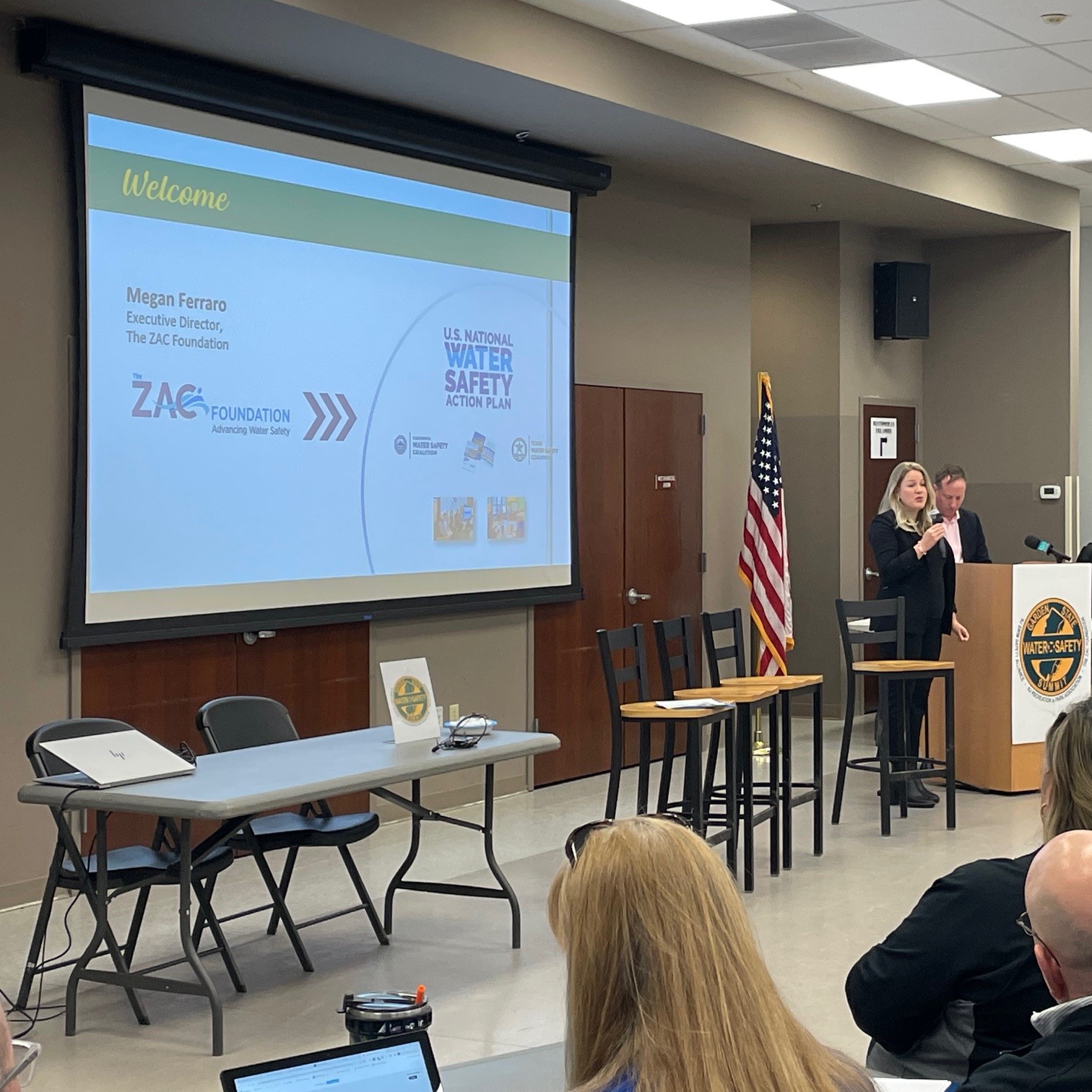
Texas Water Safety Summit
More than 100 water safety experts and advocates from Texas convened in Austin in September 2023 to share resources and discuss solutions to keep Texans safe. Matthew Barnes, The ZAC Foundation’s Program Manager, joined and presented to the group.
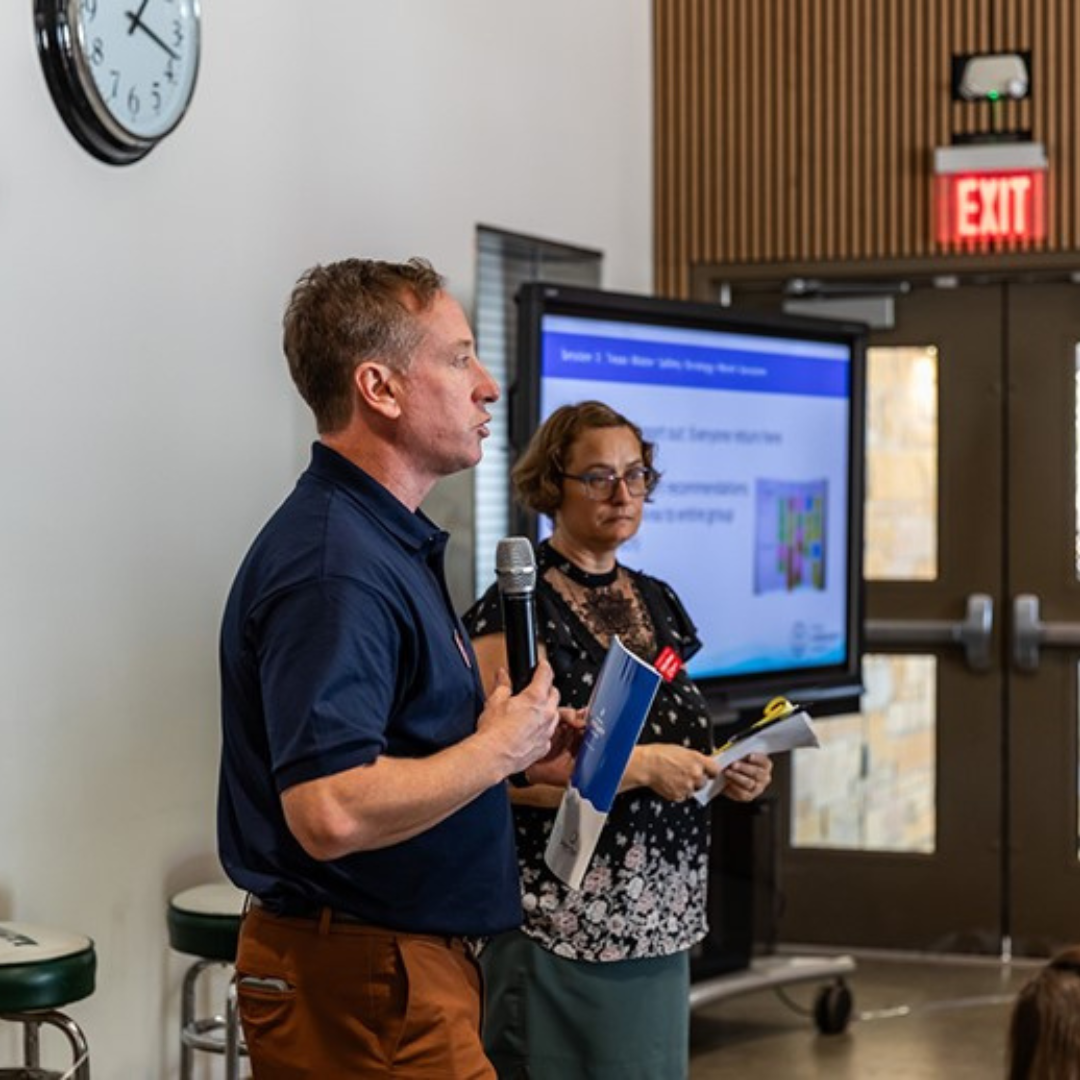
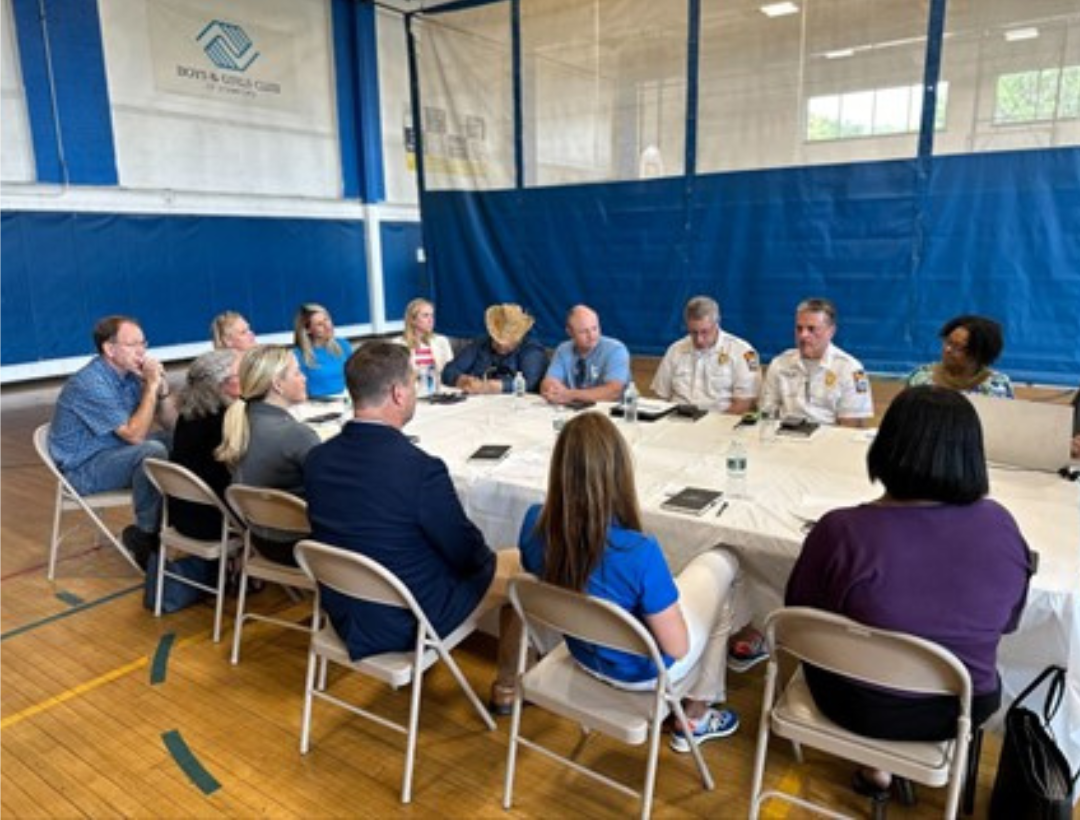
Regional Water Safety Task Forces
Regional water safety task forces within states have also proven to be an effective way to improve safety in local communities. The ZAC Foundation has worked with groups focused on preventing drowning in areas like Central Texas, St. Louis, Chicago, and Southwestern Connecticut to introduce important safety measures.
Some of these efforts included:
- Putting up clearer signs at lakefronts to warn when lifeguards aren’t on duty or when riptides are present.
- Partnering with after-school programs to develop water safety curriculums.
- Teaming up with a local utility company to share drowning prevention and water safety tips in their monthly newsletter.
- Creating a better tool for Task Force members to track drowning incidents, both fatal and nonfatal.
- Working with local first responders on water safety rescue training and updating rescue equipment.
- Developing a public education campaign to teach people how to report water emergencies correctly and quickly.
- Establishing a lakeside life jacket loaner station.
By focusing on specific community needs, task forces can make a real difference in preventing drownings.

